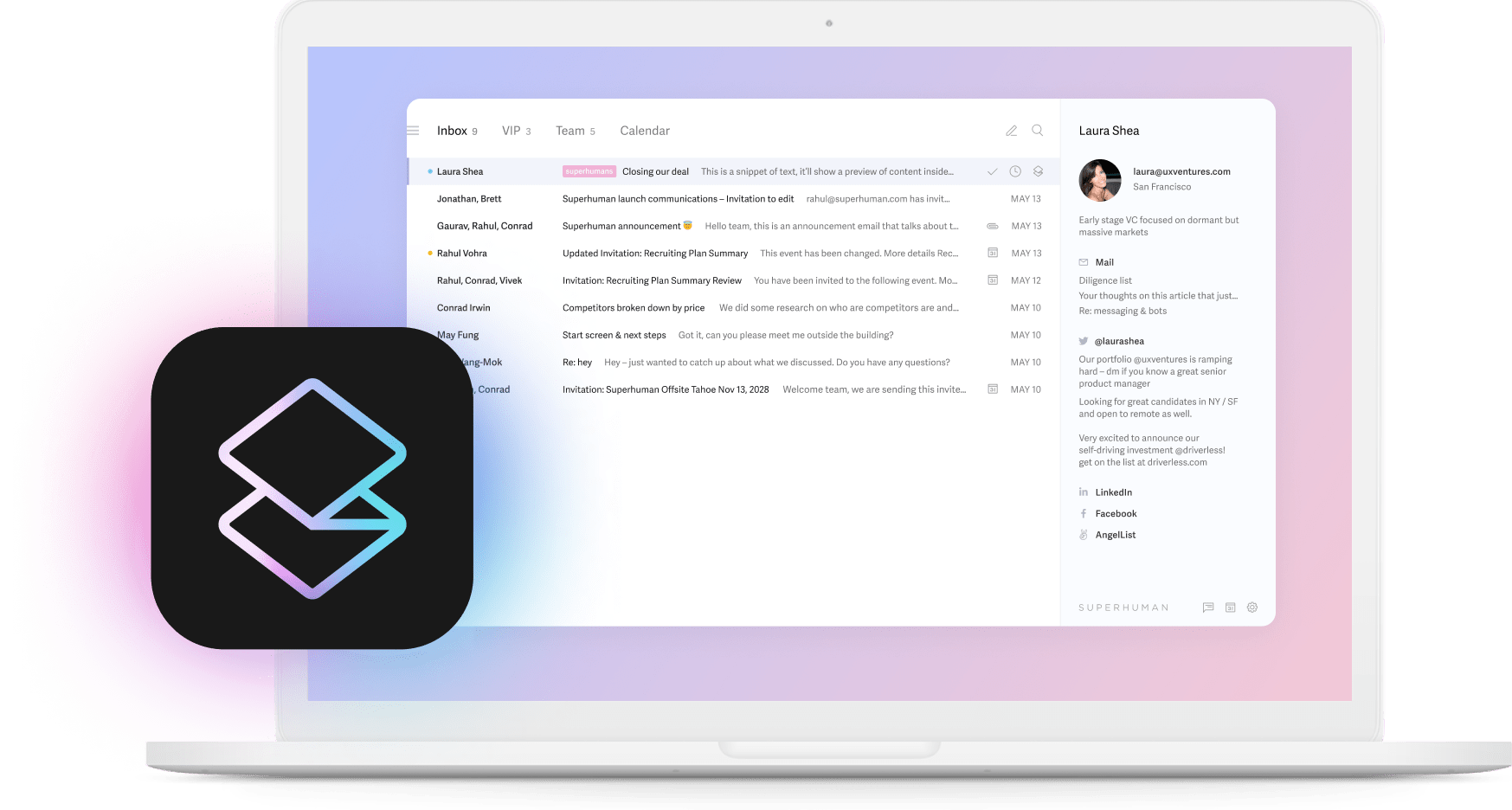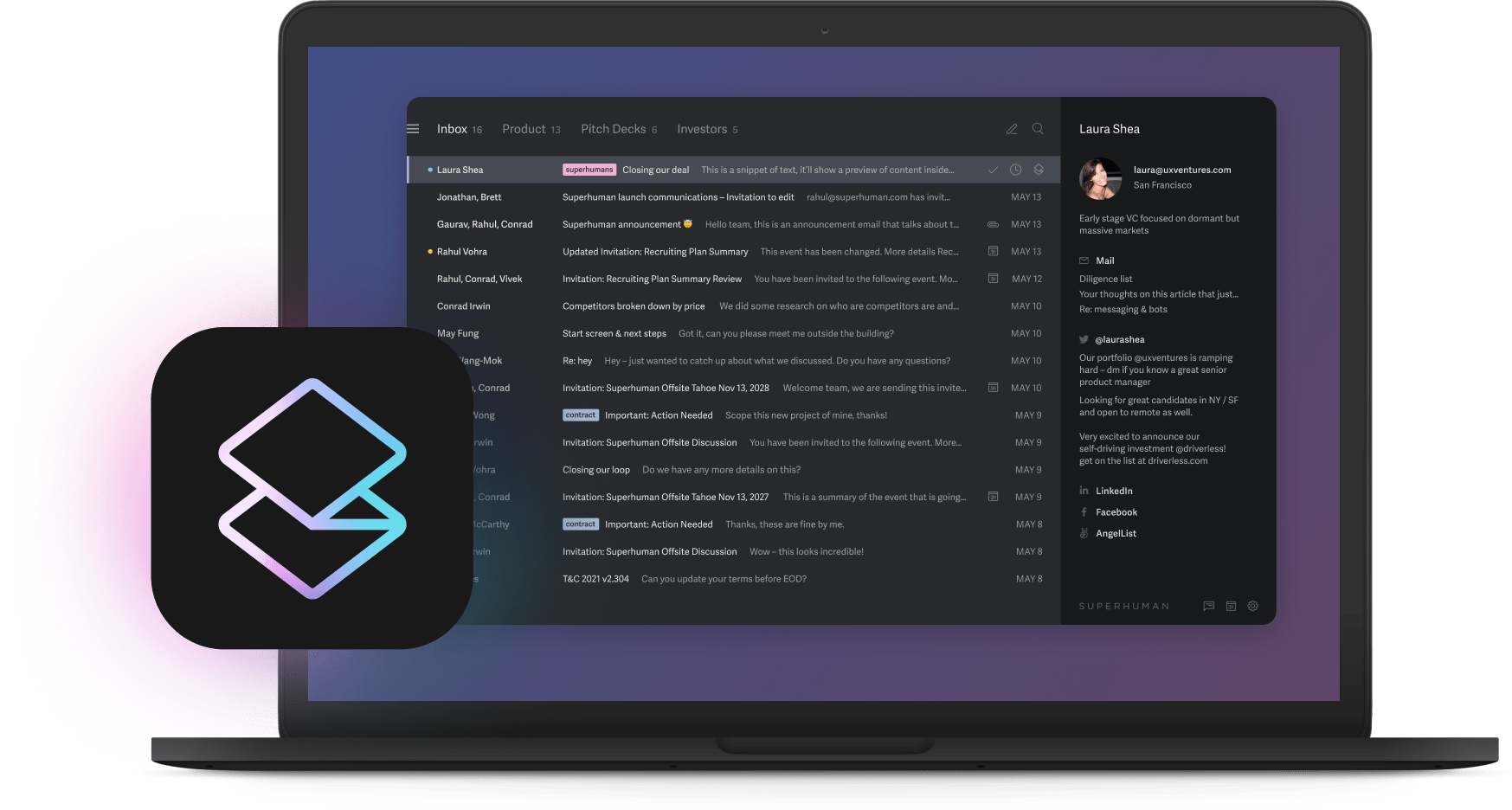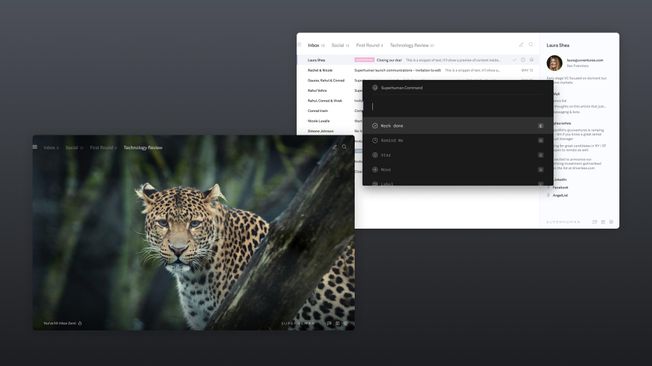
With remote work being more common in workplaces, collaboration has been harder than ever to achieve between teams. But here's the thing. The teams that figure out collaboration thrive because of it.
Why? Because collaboration skills help teams work together toward shared goals by turning communication from a source of confusion into a source of clarity.
Teams that prioritize working collaboratively see a 73% efficiency boost, a 60% increase in innovation, and a 56% improvement in satisfaction because they eliminate the communication breakdowns that slow everyone down.
When was the last time you saw any business strategy deliver results like that?
What do collaboration skills mean?
Acquiring collaboration skills isn't just about being nice or avoiding conflict. They help you work well with other people toward goals you both care about. Here's why they matter more than you think:
Teams get things done
Collaborative workers stick to their tasks 64% more than people working alone. When everyone knows what's happening, projects move faster because nobody's working on the wrong thing.
Relationships stop being work
Trust and good communication make people want to help each other. When someone gets stuck, teammates jump in instead of watching them struggle because helping feels natural.
Work becomes interesting again
Teams that collaborate well create better solutions because they combine different perspectives. People feel engaged because their ideas influence outcomes.
You need two types of collaboration skills, and most people only focus on one. Personal skills like communication, listening, emotional intelligence, and adapting when things change. Team skills like staying organized, making decisions together, being flexible, and working through disagreements.
If you can master both, you can handle almost any collaboration challenge that comes up, but first, you need to start with the basics.
Habits to build better collaboration skills
Many people think collaboration takes months to improve. Wrong. Most collaboration problems have surprisingly simple fixes. How do we know? Because 64% of employees waste at least three hours every week due to miscommunication and avoiding difficult conversations.
Here are 4 habit changes to implement into your daily communication workflow to improve your collaboration skills:
Tell people what you're trying to do
Most conversations fail because nobody knows the goal. Start every interaction by saying what you want to accomplish.
Instead of "Can we jump on a quick call?" try "I need 15 minutes to walk through the budget numbers and get your approval on the marketing spend." Watch how fast confusion disappears.
Listen like your job depends on it:
Here's what good listeners do. They repeat back what they just heard. They ask questions that show they're paying attention. They look for solutions that work for everyone instead of pushing their own agenda.
When your designer says, "I'm worried we don't have enough time for user testing," don't jump to "We can't delay the deadline." Instead, try "So you're concerned the design won't be validated before launch. What's the minimum testing we'd need to feel confident?"
Focus on fixing problems, not finding fault
Your team has two choices when something goes wrong: spend energy on blame or spend energy on solutions. Teams that focus on "how do we fix this" instead of "who screwed up" create psychological safety where people report problems early rather than hiding them until they become bigger issues.
For example, if your website crashes an hour before the product launch, resist the urge to ask, "Who pushed broken code?" Instead, lead with "What do we need to do to get this back online?" You'll get honest updates and faster solutions.
Make celebrating wins a habit
The best and successful teams celebrate their wins loudly and give credit when due. People remember how it feels to succeed together, and they'll work harder to feel it again.
Create systems that make recognition easy: set up a dedicated kudos channel in Slack where anyone can shout out teammates, send a weekly wins email highlighting team achievements, or start meetings by having each person share one thing they appreciated about a colleague's work that week.
Each of these habits work because they address what collaboration means at its core.
Step-by-step guide to acquiring collaboration skills
Step 1: figure out what you're good at
You can't improve what you don't measure, and most people have no idea how they collaborate. Here's how to get honest feedback about your collaboration skills right now.
Ask three people you work with regularly to tell you what you do well and what needs work. Don't ask for nice, general feedback. Ask for specific examples. "Can you think of a time when our collaboration worked well? What made it work? What about a time when it didn't? What went wrong?"
Then ask yourself these questions:
- Which collaboration situations give you energy versus drain you completely?
- When do teammates come to you for help versus avoid you?
- What collaboration problems keep showing up in your work?
- How do you usually react when conflicts pop up?
- What collaboration successes could you repeat more often?
Make a simple table like this:
| Skill | Evidence | Goal | Next Action |
|---|---|---|---|
| Communication | Teams ask me to clarify things after every meeting | Be clear and concise from the start | Use the SBAR framework: state situation, background, assessment, and recommendation upfront |
| Active listening | Colleagues repeat the same point 2-3 times in conversations and seem frustrated when I respond. | Understand their perspective before responding. | Paraphrase what I heard and ask clarifying questions before giving my input |
Here's the key: pick just two skills to work on every week. Trying to fix everything at once never works.
Mini-audit checklist:

Set measurable improvement goals

Prioritize two skills for immediate attention

Fill out the audit table with specific examples

Complete reflection questions honestly

Gather feedback from at least three colleagues
Step 2: Master clear communication and real listening
Written communication, active listening, feedback, and inclusivity matter most for building your collaboration skill stack. These skills eliminate the endless email chains, repeated meetings, and misaligned deliverables that kill productivity.
When you communicate clearly, give feedback that helps, and include diverse perspectives, you spend less time fixing problems and more time creating solutions.
Start with using simple frameworks when conversations get complex. For example, when you need to explain something important, organize your thoughts like this:
- Situation: What's happening right now
- Background: Context people need to understand
- Assessment: What you think about it
- Recommendation: What you think should happen next
This works especially well when teams need to make decisions quickly without endless meetings that go nowhere. For complex discussions that involve multiple stakeholders, you can also try Superhuman's Shared Conversations and Team Comments, where team members can add context, ask clarifying questions, and provide input directly within the email thread, making it easier to keep everyone on the same page without long explanation emails.
Try SuperhumanDon't stop there, listen like you mean it, not like you're waiting for your turn to talk. Repeat back what people tell you using your own words and ask questions that help you understand their perspective better. Here are some examples of questions you can ask:
- What would success look like to you?
- What's your biggest concern here?"
- Help me understand why this matters.
- What am I missing?
- How would you approach this?
This shows respect and prevents the misunderstandings that kill projects and relationships.
Remote work makes communication trickier because video calls hide body language, and Slack messages get misunderstood constantly. The best remote collaborators share more context than feels necessary and use multiple ways to communicate important information.
Try this today: After your next meeting, send a quick message summarizing the key decisions and what happens next, or use an AI tool that automatically does this after every meeting. This simple habit builds trust and keeps everyone aligned without feeling like work.
Step 3: Build trust and make people feel safe
Trust lets teams take risks, give honest feedback, and solve problems creatively. Without psychological safety, people play it safe, and, as a result, your team is less likely to innovate and problem solve.
Show people they can count on you in three ways: do what you say you'll do consistently, admit mistakes quickly and suggest fixes, share credit when things go well, and take responsibility when they don't.
Want to know how safe your team feels? Ask yourself these questions:
- Do they share unpopular opinions without worrying about backlash?
- Can teammates admit mistakes without getting punished?
- Do you have difficult conversations directly instead of avoiding them?
- Do teammates ask for help when they need it?
- Does everyone's perspective get heard and considered?
Teams that score high on these questions bounce back faster from setbacks and come up with more creative solutions because people aren't afraid to experiment.
Step 4: Handle conflict without destroying relationships
How you deal with conflict and adapt to change determines whether your team gets stronger through challenges or falls apart under pressure. The secret? Handle problems without blaming people, and you keep the focus on solutions instead of fault-finding.
Try the A.I.R. approach when conflicts arise:
Acknowledge that the conflict exists instead of hoping it magically disappears. Problems that don't get addressed usually get worse and damage relationships over time.
Investigate what's going on through direct conversation, not office gossip. Ask open questions to understand different viewpoints and what people actually care about underneath their positions.
Resolve through compromise and patience. Most conflicts happen because multiple people have valid concerns that seem incompatible. Good solutions usually require trade-offs that meet everyone's core needs while asking for flexibility from all sides.
Here's how this works in practice: A marketing team can't get campaigns approved fast enough. Remote designers feel rushed by impossible deadlines. In-office stakeholders want more rounds of feedback and revision. Instead of choosing sides, the team acknowledges these competing priorities, investigates where the real bottlenecks occur, and resolves the tension by creating staged approval processes that balance quality with speed.
This is a practical example that shows patience and compromise become especially important during company changes or market shifts. Teams that adapt quickly while maintaining good relationships outperform those that resist change or blame outside forces for their problems.
Step 5: Use tools that make collaboration faster
Digital collaboration tools can boost productivity by up to 50%, but only if you choose the right ones. The best technology amplifies human collaboration skills instead of replacing them with complicated systems nobody wants to use.
Project boards show work progress and dependencies visually. Teams can spot bottlenecks quickly and redistribute tasks when priorities shift without playing email tag.
Shared docs let multiple people edit and track changes in real time. No more emailing files back and forth or losing important updates in version chaos.
Email tools turn regular communication into a strategic advantage by automatically organizing messages, matching your writing tone, and enabling real-time collaboration within email conversations. They also help teams cut down on messy back-and-forth and collaborate smoothly within email conversations instead of jumping between a dozen different apps.
When picking collaboration tools, look for ones that integrate with what you already use, support both real-time and async work, provide clear tracking and accountability, scale as your team grows, and meet your security requirements without creating bureaucratic nightmares.
Advanced strategies for team leaders
Leaders shape collaborative culture through their behavior, implementing systems like shared goal-setting frameworks, cross-team project structures, and holding team members accountable by measuring collaboration outcomes, you get to perform five times better. Five times! That's not a small difference. Here's how to make it happen.
Set shared goals that align individual work with team outcomes. When everyone understands how their work contributes to team success, collaboration happens naturally instead of feeling forced.
For example, instead of saying "increase conversion rates," frame it as "help 10,000 more customers find the solution they need this quarter," then show how each team member's role directly impacts that customer outcome.
Build relationships across departments on purpose. Regular cross-team projects and shared learning sessions break down the silos that limit what organizations can accomplish together.
When your marketing team sits with customer support for a day to hear actual customer complaints, or when engineers join sales calls to understand user pain points firsthand, solutions emerge that no single department could have created alone.
Model the behavior you want to see everywhere. Leaders who ask for input, acknowledge other people's contributions, and admit their own limitations permit everyone to be vulnerable and honest about challenges.
If you, as a team leader, say, "I'm not sure about this approach, what do you think?" instead of pretending to have all the answers, it signals that curiosity and learning are valued over appearing perfect.
How this looks in the real world
A perfect case study is Microsoft's transformation under CEO Satya Nadella, which shows how leaders can build psychological safety at scale. When Nadella took over in 2014, Microsoft had a rigid, competitive culture where internal competition stifled innovation.
His solution was to shift from "know-it-all" to "learn-it-all" mentality, inspired by psychologist Carol Dweck's growth mindset research. This cultural change emphasized curiosity, empathy, and continuous learning, creating an environment where people felt safe to experiment and admit mistakes.
This led to Microsoft's market value growing from $300 billion to over $3 trillion, making it one of the world's most valuable companies.
Start with the quick habits you can try today, then work through each step systematically. Good collaboration transforms daily work from individual struggle into collective achievement that drives breakthrough results nobody expected. Select one habit from the list above and incorporate it into your next team interaction.





